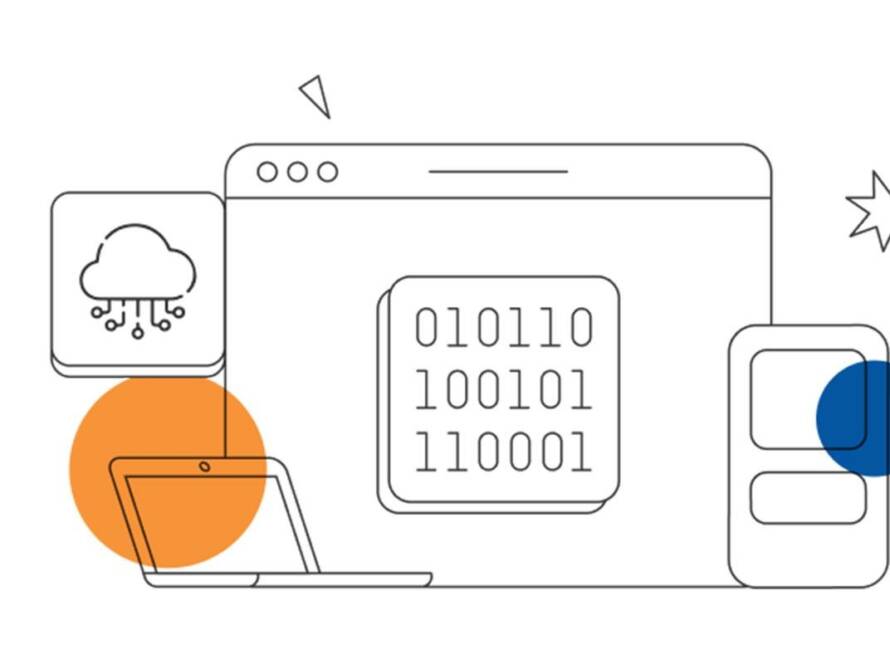In the dynamic and ever-evolving landscape of the digital era, the performance of applications is a critical determinant of success. In the modern digital landscape, where seamless and swift interactions are paramount, application performance plays a pivotal role in determining the success of businesses.
This article will delve into the significance of application performance, the impact of bottlenecks on user experience, and the pivotal role of performance monitoring and optimization in ensuring a competitive edge in the digital landscape.
The Importance of Performance Monitoring
Performance monitoring involves the continuous tracking and analysis of KPIs to ensure the optimal functioning of applications. It provides insights into the health of digital services and allows for proactive issue resolution.
The heartbeat of effective performance management lies in the continuous tracking and analysis of KPIs. Metrics such as response time, server uptime, throughput, error rates, and resource utilization offer a comprehensive view of an application’s performance.
Real-time insights provided by performance monitoring tools are instrumental in swiftly identifying bottlenecks, latency issues, and resource constraints. This proactive approach enables timely issue resolution and ensures uninterrupted service.

Key Metrics to Monitor
- Response Time as a Crucial KPI:
The response time of an application is a critical KPI that directly influences user satisfaction. Monitoring and optimizing response times ensure a swift and responsive user experience.
“Real-time insights provided by performance monitoring tools are instrumental in swiftly identifying bottlenecks, latency issues, and resource constraints.”
- Server Uptime for Ensuring Uninterrupted Service
Ensuring server uptime is paramount for providing uninterrupted service. Downtimes not only impact user experience but can also lead to reputational damage.
- Throughput to Understand Workload Capacity
Throughput, which measures the number of transactions processed per unit of time, provides insights into the workload capacity of an application. Monitoring throughput helps businesses scale their infrastructure to meet demand.
- Error Rates and Resource Utilization for Pinpointing Performance Gaps
Tracking error rates and resource utilization is crucial for pinpointing performance gaps. Identifying and addressing errors and optimizing resource utilization contribute to enhanced application performance.
Tools for Performance Monitoring

- Application Performance Monitoring (APM) Solutions
Examples:
New Relic, Dynatrace, AppDynamics
Application Performance Monitoring (APM) solutions offer comprehensive insights into the performance of applications. These tools monitor various aspects, including response times, transaction traces, and database queries.
- Real User Monitoring (RUM) Tools
Examples:
Google Analytics, Pingdom, FullStory
Real User Monitoring (RUM) tools focus on capturing and analyzing user interactions with applications. These tools provide visibility into actual user experiences, helping businesses understand user behavior.
- Load Testing and Profiling Tools
Load Testing Tools:
JMeter, Gatling
Profiling Tools:
YourKit, VisualVM
Load testing tools simulate various user scenarios, allowing businesses to evaluate the performance of their applications under different conditions. Profiling tools delve into the internals of an application, offering insights into resource utilization and areas for optimization.
Optimization Strategies
Performance optimization involves a multifaceted approach that addresses various facets of the digital ecosystem.
- Code Optimization
Analyzing and improving code efficiency is a fundamental aspect of performance optimization. This includes identifying and rectifying inefficient code snippets, leveraging advanced algorithms, and implementing coding best practices.
- Database Optimization
Optimizing database performance is crucial for overall application responsiveness. This involves fine-tuning queries, optimizing indexing strategies, and implementing efficient caching mechanisms.
“At Exper Labs, our all-inclusive monitoring services facilitate faster troubleshooting, debugging, and operational optimization across your entire stack.”
- Caching and Content Delivery
Implementing robust caching mechanisms and content delivery network (CDN) levels accelerates data retrieval. This strategy reduces server load, minimizes latency, and provides users with a swift and responsive experience.
- Scalability and Load Balancing
Ensuring scalability through horizontal and vertical scaling strategies is essential for handling varying workloads. Efficient load distribution, whether through adding more servers (horizontal scaling) or upgrading existing servers (vertical scaling), is crucial for maintaining performance during peak times.
Final Words
In conclusion, the critical role of continuous performance optimization cannot be overstated. As businesses navigate the digital landscape, the proactive management of application performance emerges as a linchpin for success.
At Exper Labs, we prioritize seamless system monitoring for effective software development. Our all-inclusive monitoring services facilitate faster troubleshooting, debugging, and operational optimization across your entire stack. Teaming up with industry leaders like Datadog and Splunk, we ensure cutting-edge solutions, enabling digital transformation, collaboration, and swift problem resolution.



